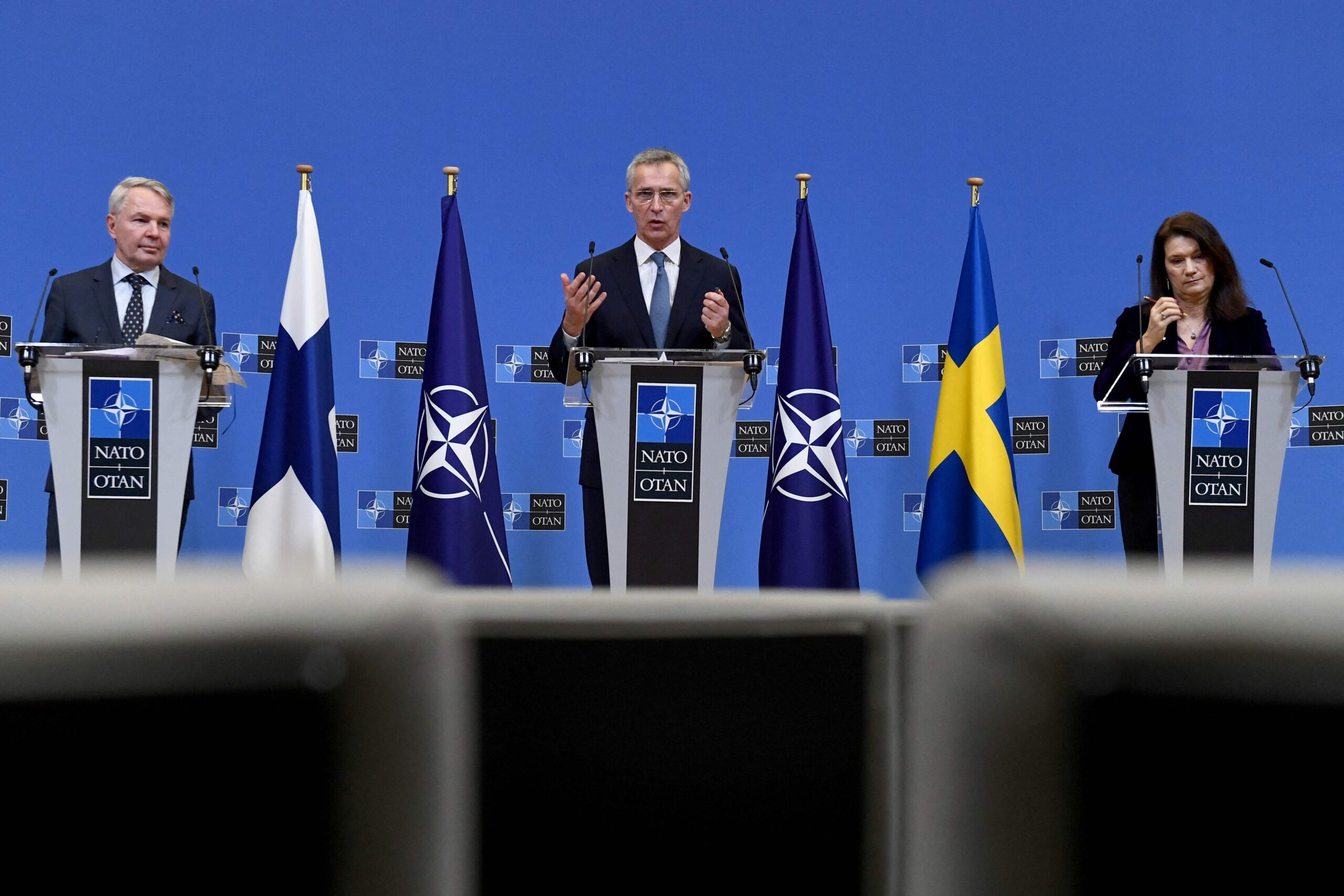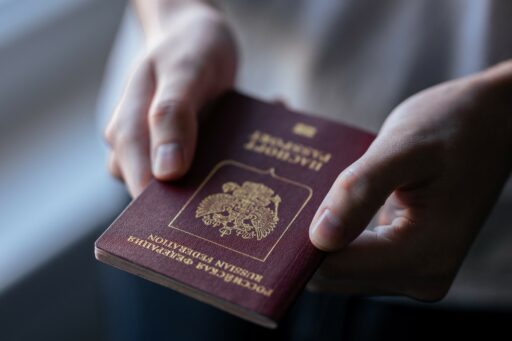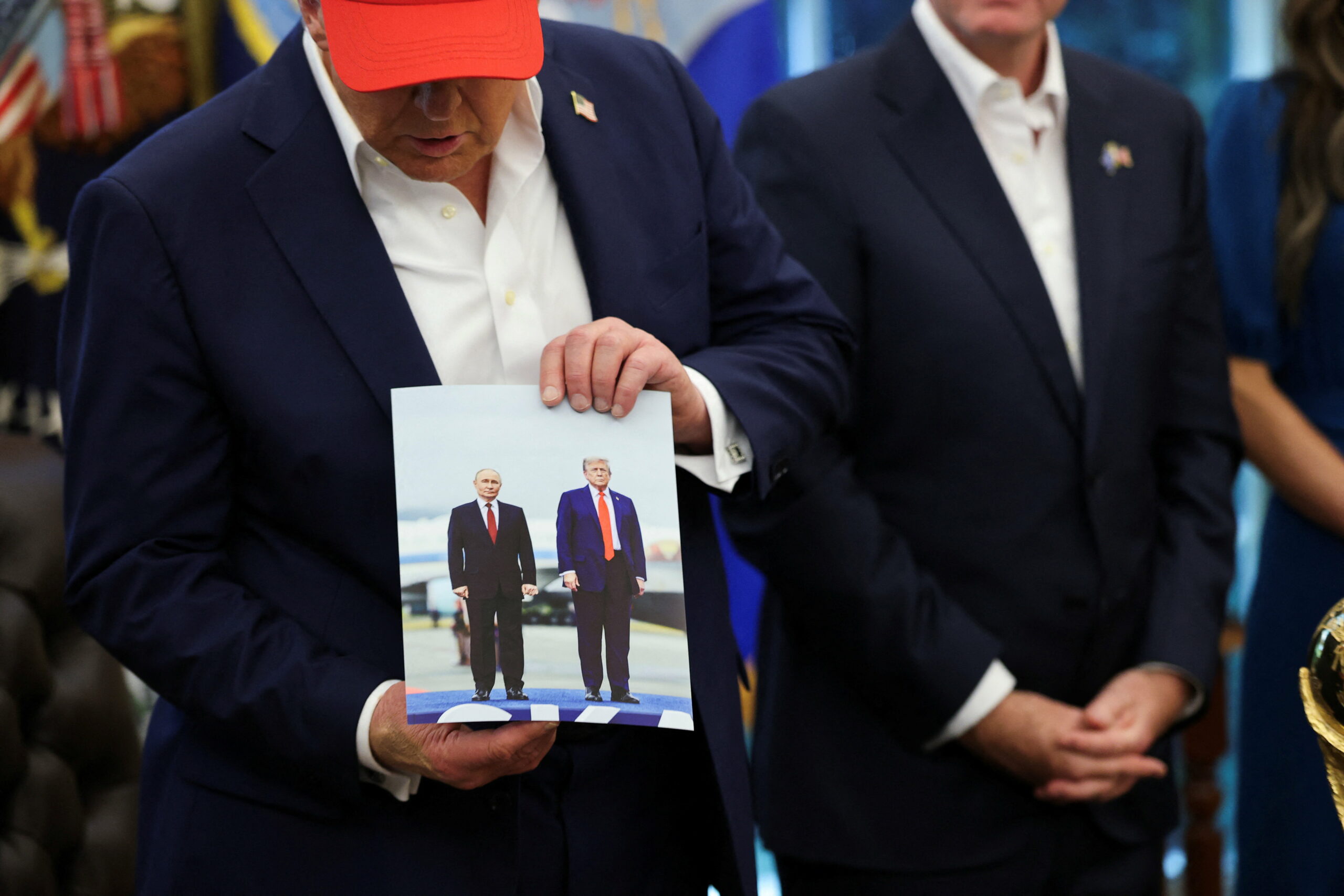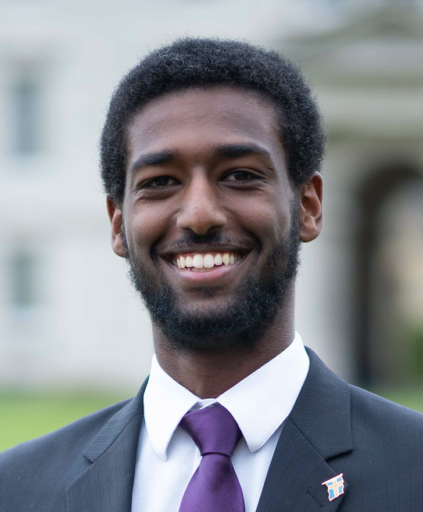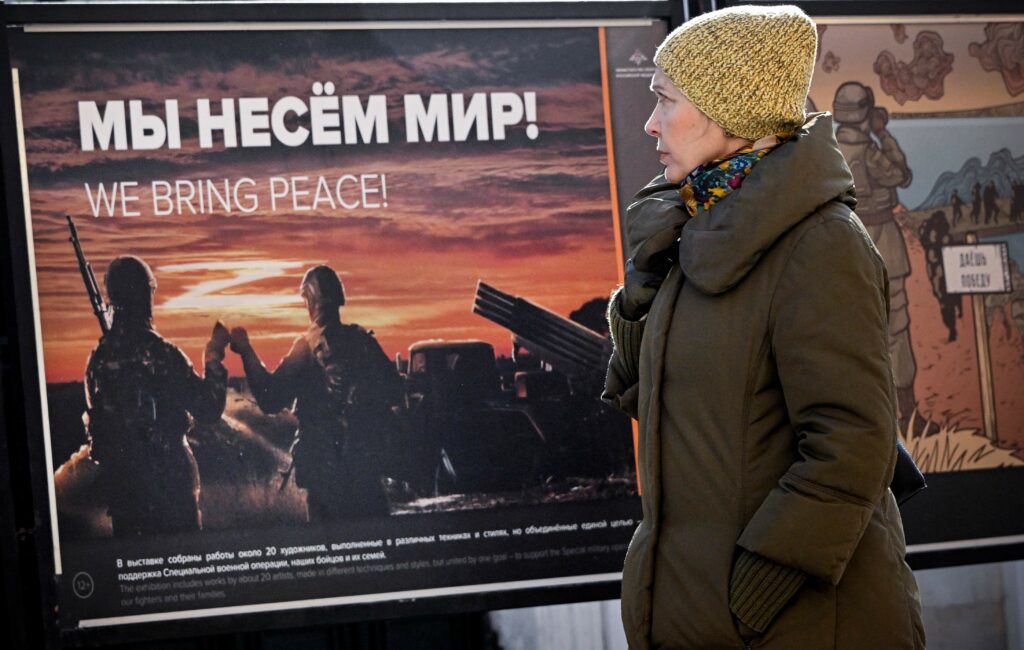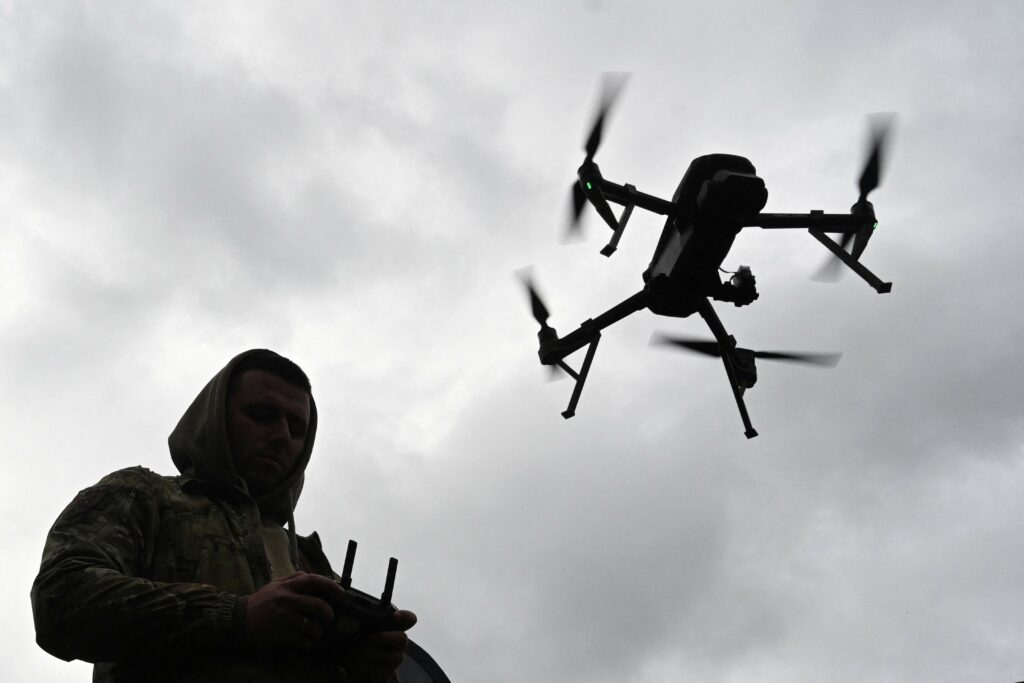Since 24 February, the Swedish political landscape has been gripped by the ongoing Russo-Ukrainian war. Implementing sanctions on Russia, preparing for potentially 300,000 Ukrainian refugees, and sending weapons to Ukraine have all featured. Above all, a fraught question has roared up from the back burner about whether Sweden should finally join the North Atlantic Treaty Organisation. The intensity of this debate in Sweden is a result of their longstanding neutrality, which can more accurately be described as military non-alignment. Sweden, unlike Austria and Switzerland, does not have constitutionally mandated neutrality. Instead, the Nordic country has pursued a policy of non-membership that is the result of a lack of a parliamentary majority in support of joining NATO. Yet, as missiles fly over Ukraine and Russian tanks roll in, the parliamentary and public appetite for membership already appears to have grown.
Public Opinion
Since the onset of the invasion, Swedish public opinions reached two milestones. For the first time ever, more Swedes supported NATO membership than opposed it. According to one poll, half (49%) were for it while just over a quarter (27%) were against it with the remainder unsure. In neighbouring Finland, the change has been even more dramatic. A majority of Finns now want their country to join NATO versus only 20% two years earlier. Obviously, the dynamic has changed.
However, it is unclear if these shifts in public opinion are permanent or merely a temporary reaction to the current situation. In early 2014, approximately 42% of Swedes were in opposition to joining NATO while 31% were supportive. This gap was essentially closed later that year, likely a result of the Russian annexation of Crimea and the fighting in the Donbass. Still, by July 2017, the 11% difference was restored. Such fluctuations in Swedish public opinion are by no means unique to defence policy. Following the Fukushima nuclear disaster, Swedes suddenly became massively opposed to nuclear energy, but largely reversed their positions a few years later as concerns subsided. Consequently, the nation’s attitude to NATO membership will likely be determined in some part by the duration and intensity of the fighting in Ukraine.
Swedish public opinion on Russia has been extremely negative in recent years. Even more so than many NATO countries. In December 2020, a survey conducted by Pew Research found 83% of Swedes held a negative view of the Russian Federation. By contrast, this figure stood at 71% for Americans, 66% for Spaniards, 57% for French and only 50% for Italians. Though the events of 2014 undoubtedly played a role, the dislike for Russia is older than that. In 2007, only 31% of Swedes had a favourable attitude to Russia, whereas a majority of Canadians and South Koreans expressed such sentiments. Some of this can be put down to Sweden’s historical memory of its neighbour, heavily marked by incidents like a Soviet submarine running aground in Swedish territorial waters in 1981. More recently, however, the hyper hostile tone in Swedish political debate has been driven by consistently negative media coverage of Russia, which has tended to focus on human rights violations and military actions, whether in Eastern Europe, the Caucasus, the Middle East, or elsewhere. This attitude appears to run much deeper than potential direct military threats from across the Baltic Sea; it can also be seen with views on China. Swedes are more hostile than any other nationality in Europe when viewing China’s perceived influence on European countries, whether economically, politically, or militarily. Swedish perceptions of both Russia and China can be said to be derived from a moralistic position, possibly a result of how it views itself with policymakers in Stockholm having termed the country a ‘humanitarian superpower.’
Domestic Politics
In the Swedish parliament, the question of membership has been tangled up in inter-party rivalries. Neither the Social Democrats nor the Moderates, the two leading parties, have been able to form a majority coalition, with a government collapsing in 2021 for the first time in the country’s history. Since 2014, as a result of the growth in the vote share of the right-wing Sweden Democrats, the two blocs have shrunk even more, which has meant that policy has increasingly been the result of ad hoc alliances. For example, while the Centre Party supported the government in a vote of no confidence, it subsequently voted for an opposition budget.
While the Sweden Democrats have grown the most, entering parliament for the first time in 2010 and now commands the support of roughly a fifth of all voters, it has been a relatively weak party on policy implementation due to its exclusion by all other parties. The party has historically been opposed to NATO membership and even collaborated with its ideological polar opposite, the Left Party, in opposing a host nation agreement with NATO in 2016, which allows for ‘foreign units to operate within Swedish borders.’ Even so, their voters are among those most supportive of NATO membership.
However, recent years have seen somewhat of a thaw between the Sweden Democrats on the one hand and the Moderates and the Christian Democrats on the other (and to some degree even the Liberals). In a bid to lay the foundation for a potential coalition government ahead of this year’s general election, the Sweden Democrats began modifying some of their positions. The party was initially a strident supporter of a ‘Swexit’ from the European Union, which it no longer calls for. Meanwhile, in December 2020, the party joined not only the Moderates and the Christian Democrats but also the equally pro-NATO Centre Party and the Liberals in supporting a so-called ‘NATO option,’ which affirmed the country’s right to pursue membership at a later date. This stands in contrast to the party’s earlier stance, which called for ‘Sweden to respect the balance of power between great powers,’ which has since been deleted from their website.
As a result of the shift in both public attitude but also the changing political landscape, the Moderates have clearly become emboldened. Party leader Ulf Kristersson pledged that a Moderate-led government would apply for NATO membership if there is a parliamentary majority for it. This is a notable shift in the party’s position, which historically supported NATO membership but on the condition that there was a widespread consensus, which included the Social Democrats. Yet the Sweden Democrats, who have expressed willingness to reconsider their position on the matter, were quick to criticise it, warning that it would turn the September elections into a referendum on NATO.
The Social Democrats, the Greens, and the Left Party all have voting bases that are more opposed than supportive of joining NATO. Yet only the latter two have outright majorities in line with their policies. Additionally, these parties have already shifted their position on relations with NATO over recent years. The Social Democrats were, after all, the ones who pushed for the host nation agreement in the first place. Additionally, while not calling for NATO membership, current defence minister and Social Democratic politician Peter Hultquist has been a long time hawk when it comes to Russia. In light of the war in Ukraine, the Left Party reversed itself and supported the sending of weapons to Ukraine.
Due to growing instability in the Swedish political system, any Social Democratic government will need to rely on the tacit support of both the Left Party as well as the Centre Party, which oppose and support NATO membership respectively. As seen with the state budget, it is hypothetically possible that the Centre Party will continue to push, and vote, for joining NATO even if the Moderates do not form a government.
Social Democratic Prime Minister Magdalena Andersson has ruled out any immediate application on the grounds that it would ‘destabilise the security situation.’ In contrast, Finland’s Prime Minister Sanna Marin has not taken a position on whether or not such a move should be made, instead pushing for a parliamentary inquiry into the matter. However, it has been a longstanding informal consensus among political elites in both countries that any efforts to join should be coordinated and simultaneous. Should Finland wish to submit an application, it would likely increase the pressure for a Swedish prime minister to go along. However, a Swedish reluctance could also slow down a Finnish move.
The first major decision by Sweden following the outbreak of the Russo-Ukraine war was the reversal of its long standing ban on weapons exports to war zones, with shipments to Ukraine marking the first time that the country has sent armaments to a conflict area since the Winter War between the Soviet Union and Finland. While this was a historic move, it is part of a longer trajectory. Ongoing changes are the culmination of a series of policies, ranging from Bosnia to Afghanistan to Libya, that has resulted in reduced Swedish neutrality following the end of the Cold War. While NATO membership itself is not a given, the country’s slide into a US-led security order will likely continue. The question is principally one of type and pace. Should fighting persist, casualties mount, and refugees continue to stream into Sweden and other EU countries, the likelihood of Sweden voting to join the transatlantic military alliance will increase.
